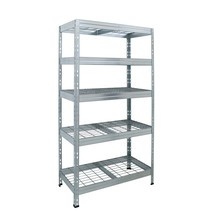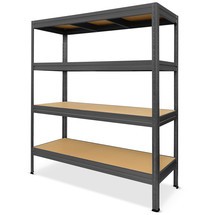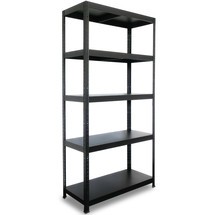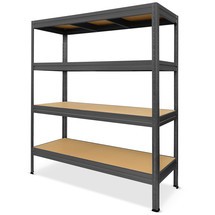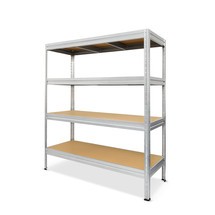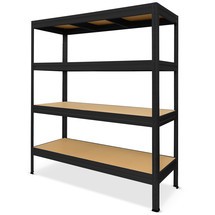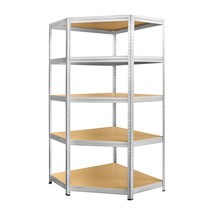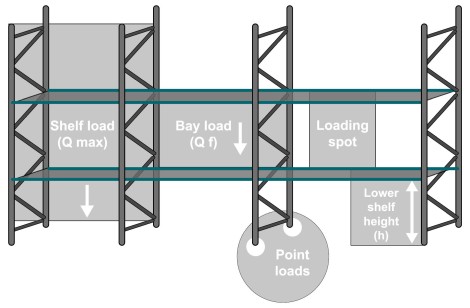Racks
Buying Tips
Filter
back
Your selection: 7 products
Outdoor wide-span shelf with lattice shelves
- Heavy duty metal shelf with height-adjustable grid shelves
- Ideal for high humidity environments
- 100% galvanized steel - corrosion resistant
HEMMDAL heavy-duty rack
- Easy and quick assembly thanks to boltless system,
- shelf load 375 kg,
- corrosion resistant thanks to galvanised metal frame,
HEMMDAL boltless metal rack, shelf load 130 kg, HxWxD 1,800 x 900 x 400 mm, black
- Boltless system enables quick and simple tool-free assembly
- 175 kg shelf load
- High stability thanks to painted steel, high material thickness and additional reinforceme...
HEMMDAL heavy-duty rack type XL, anthracite – 180 x 180 x 60 cm – up to 2000 kg
- EASY ASSEMBLY – Thanks to the special boltless system, you can assemble the heavy-duty rac...
- FLEXIBLE INSTALLATION – The 4 shelves can be flexibly attached to the metal frame, allowin...
- IDEAL STORAGE – With an individual shelf load of 500 kg and a total load capacity of 2000 ...
Steinbock® shelf rack
- Quick and simple boltless assembly
- Corrosion-resistant thanks to galvanised metal frame
- Height-adjustable chipboard shelves
shelf rack Hemmdal, type L, shelf load 375 kg
- Easy and quick assembly thanks to boltless system,
- shelf load 375 kg,
- corrosion resistant thanks to galvanised metal frame,
Steinbock® corner rack
- Can be combined with shelf rack type S (205979) and type M (205978)
- Usable as a corner rack or in combination with other Steinbock racks
- Height-adjustable chipboard shelves
